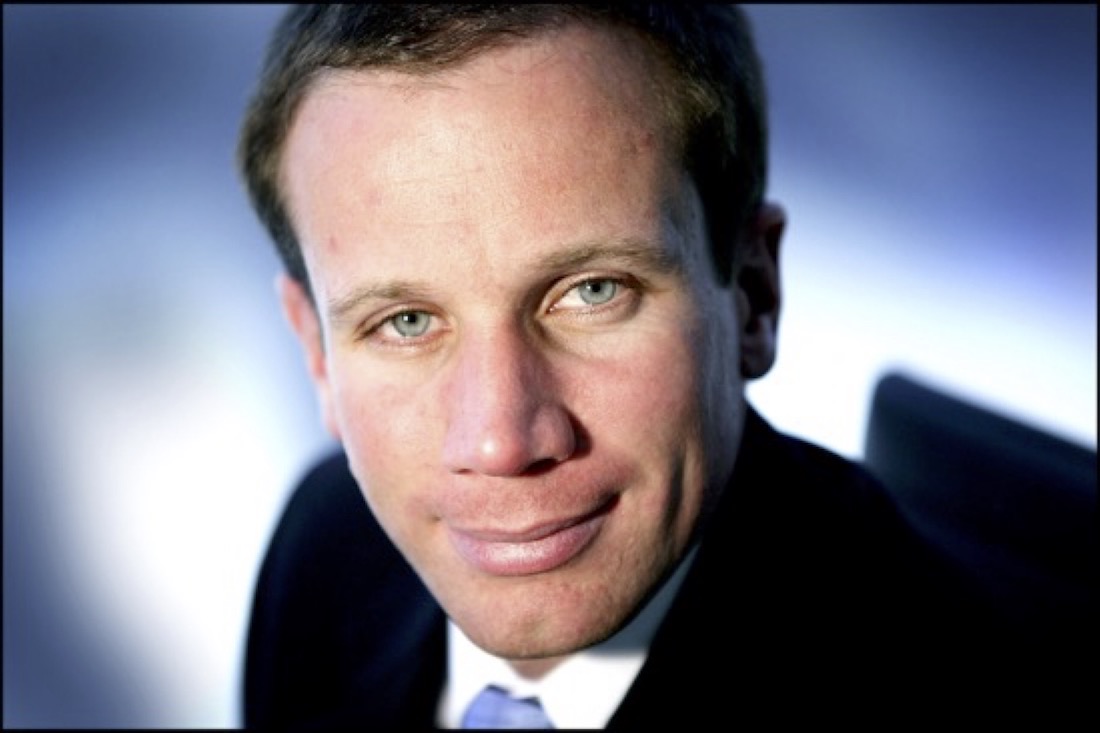Dave Hooker, Senior Portfolio Manager, Fixed Income Group, Insight Investment writes that over the months ahead, headlines are likely to focus on moderating rates of inflation and growing hopes that central banks can start to ease monetary policy.
Although there is significant downward momentum to inflation in the short term, the medium-term picture is less clear. If central banks cut rates too early, they risk the medium-term outlook and raise the probability that inflation remains stubbornly sticky above their targets.
These juxtaposing outlooks for inflation point to significant uncertainty ahead, underscoring the importance for industry leaders to keep a pulse on the various scenarios in the weeks and months ahead.
There are six short-term scenarios suggesting inflation may fall:
Food prices are moving lower. Global food prices have moderated from their 2022 peak levels. In March of 2023, the Food and Agriculture Organization of the United Nations noted that world food prices had declined by 20.5 per cent from the peak levels seen just one year prior, in March 2022.
The energy price spike is over. The inflationary impact of the war in Ukraine is no longer as persistent as it once was, as European gas prices have dropped to below the levels they were trading at before the war began. Receding energy prices are likely to serve as a disinflationary force in the near term.
The cost of shipping has returned to pre-pandemic levels. Now as the pandemic drifts further into the past, shipping costs have begun to decline. With global shipping rates at or above pre-pandemic levels, this sense of normalcy provides relief to global supply chains and prices of goods.
Covid-related supply chain disruptions are easing. While the normalisation of global supply chains began easing inflationary pressures at the end of 2022, this easing is likely to continue through year end as supply chains continue to loosen, putting further downward pressure on margins.
China’s reopening may accelerate the disinflationary pulse. The reopening of Chinese factories following months of strict lockdowns suggests an improving supply picture, which is likely to turbo charge disinflationary pressures.
Manufacturing price pressures are easing. The easing of global supply chain pressures is gradually feeding into the manufacturing sectors of major economies. In the US, survey data from the Institute for Supply Management suggests the majority of manufacturers are now experiencing declining input costs. In Europe, the energy crisis has delayed the impact, but survey data from the ifo Institute show fewer German companies are planning to raise prices. A similar trend is apparent across the eurozone and the UK.
However, in the longer-term, I would caution against three scenarios in which inflation may persist:
Tight labour markets could slow the fall in inflation. Data shows demand for workers remains far stronger than would normally be the case at this stage of the economic cycle, keeping upward pressure on wages. Perhaps the most striking thing about the current labour market is the fluid rate at which people are changing job. Rather than becoming unemployed and then employed again with a gap, people are moving from employer to employer and from role to role after much shorter periods of time. This suggests the tightness in labour markets is creating competition for staff and forcing companies to poach from each other – most likely at higher wages. The importance of labour costs as a proportion of total costs, especially in the service sector, means that wage inflation is deeply inter-connected with price inflation. The staggered, infrequent (especially in Europe) and decentralised nature of wage setting means that it is likely to take several years for wages to adjust fully to the inflation that has already occurred.
The deglobalisation hurdle. Volatile global supply chains from the pandemic and the increased geopolitical tensions from the Ukraine/Russia war may trigger a deeper reassessment of production models.
A focus on decarbonisation and more sophisticated assessments of corporate carbon footprints, are likely to decrease the appeal of long-distance transportation for goods in the long-term.
Hence, the lower costs and efficiency of globalised, just-in-time supply chains may no longer suffice, as new production models may need to be brought into place.
Brexit remains an issue. Brexit has caused a departure of many EU workers. The arrival of non-EU workers, who were granted visas under the new immigration system, prioritises skilled workers, causing a mismatch within the labour force.
This has accentuated vacancies and labour shortages in certain sectors – a trend that is positioned to continue growing.
What does this mean for investors?
If inflation proves to be structurally sticky above central bank targets in the medium term, then central banks will have to maintain rates at restrictive levels, potentially hampering growth. A period of sub trend growth may be the acceptable pay-off to keep inflation in check, but this becomes more complex if growth weakens more meaningfully.
It was easy for central bankers to deliver a hawkish message in recent months with unemployment falling and inflation rising. A deceleration in inflation may accompany softer employment markets, so central bankers may face political pressure to accelerate monetary loosening.
Either way, one thing is clear. We must not make brash investment decisions. Inflation can trigger much uncertainty for clients. It is important to prepare for all scenarios and protect capital, rather than make hasty decisions.







